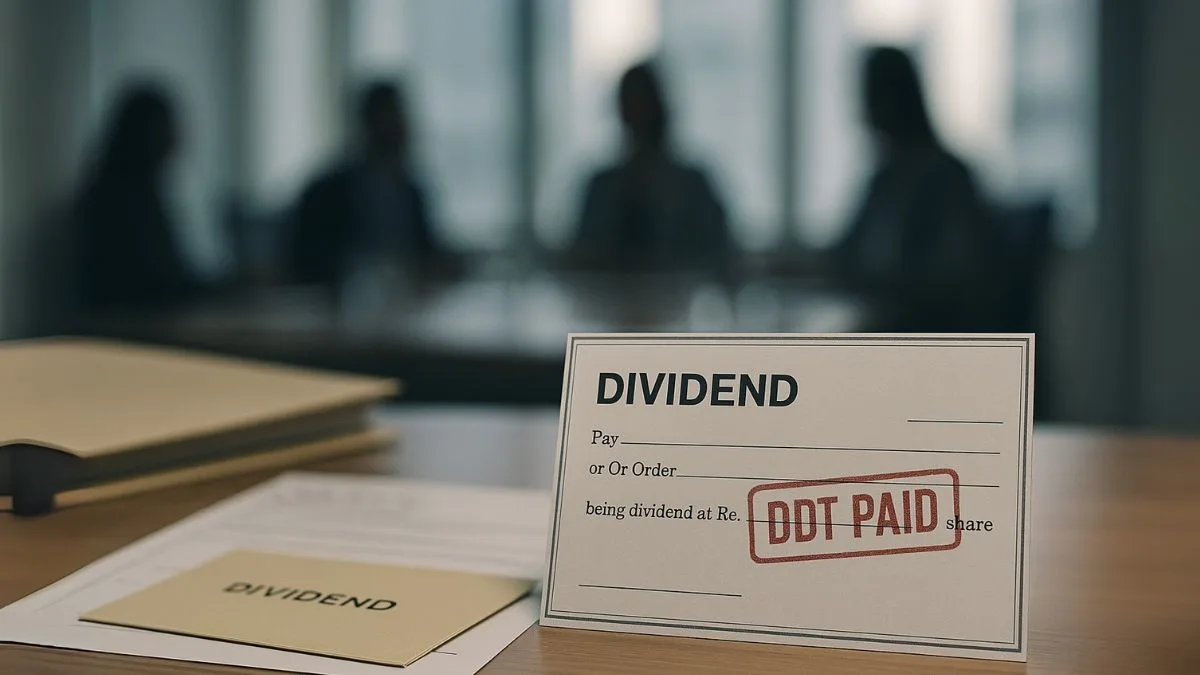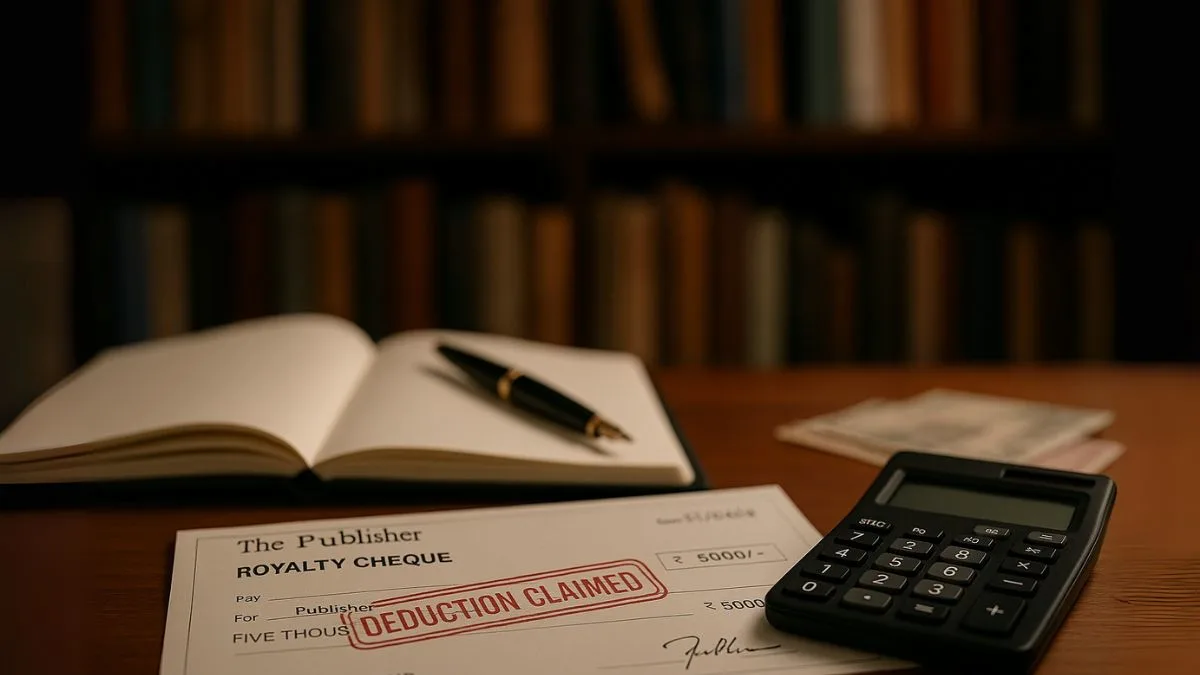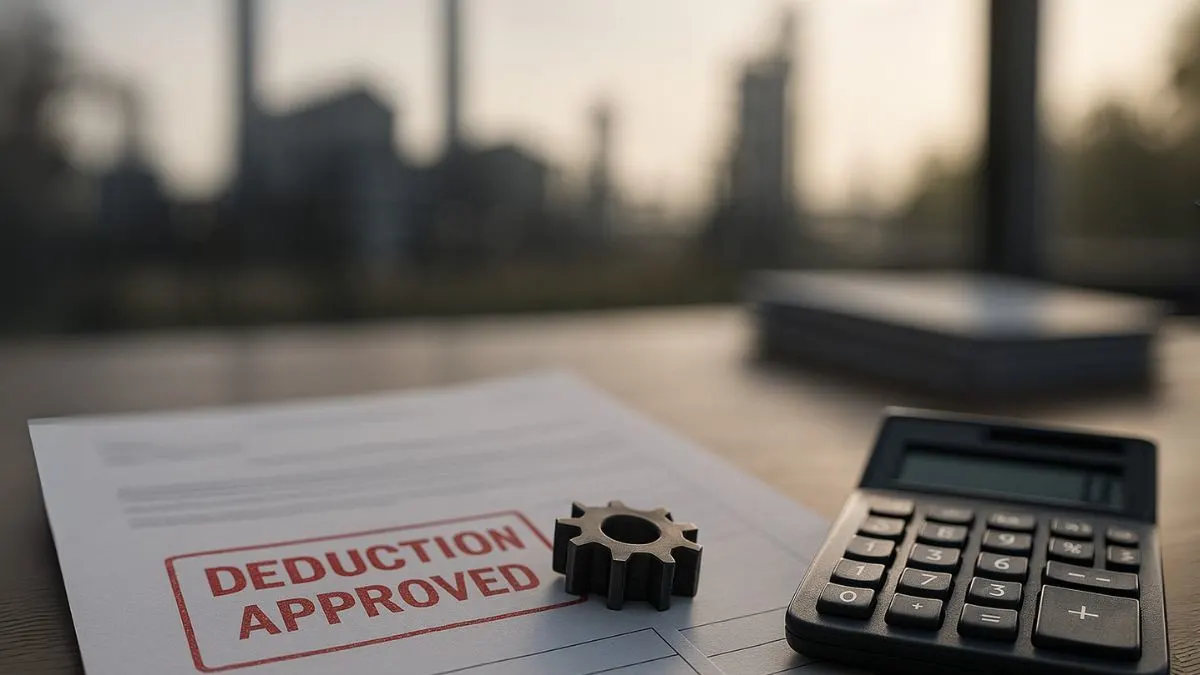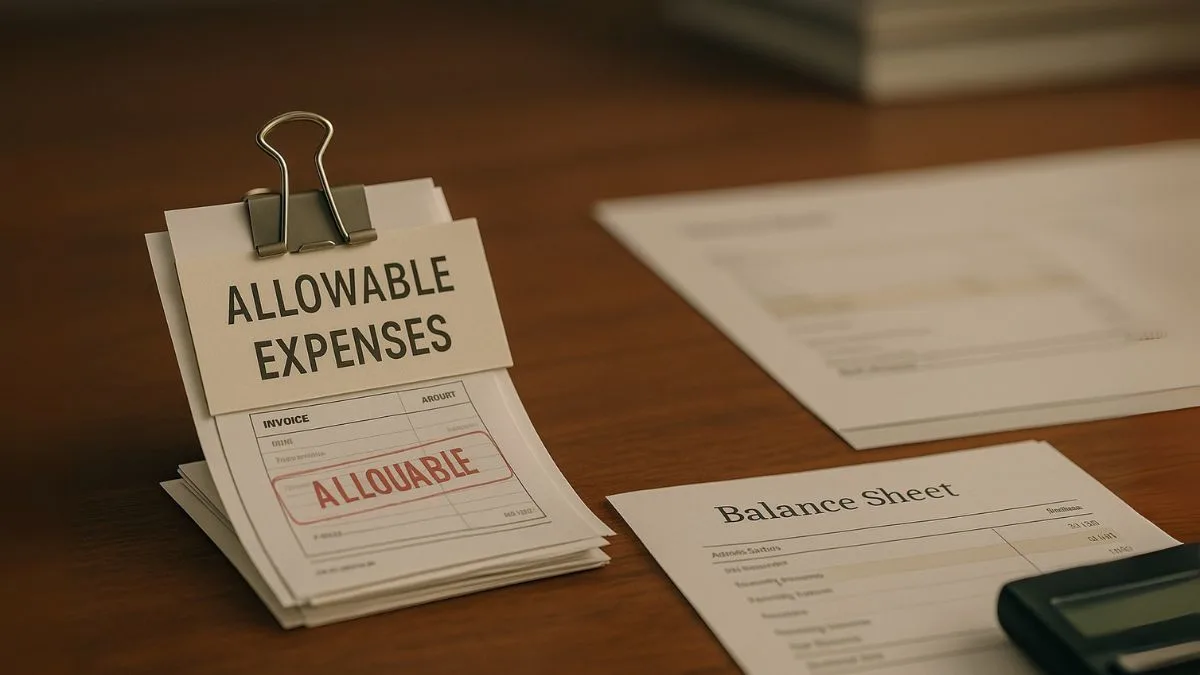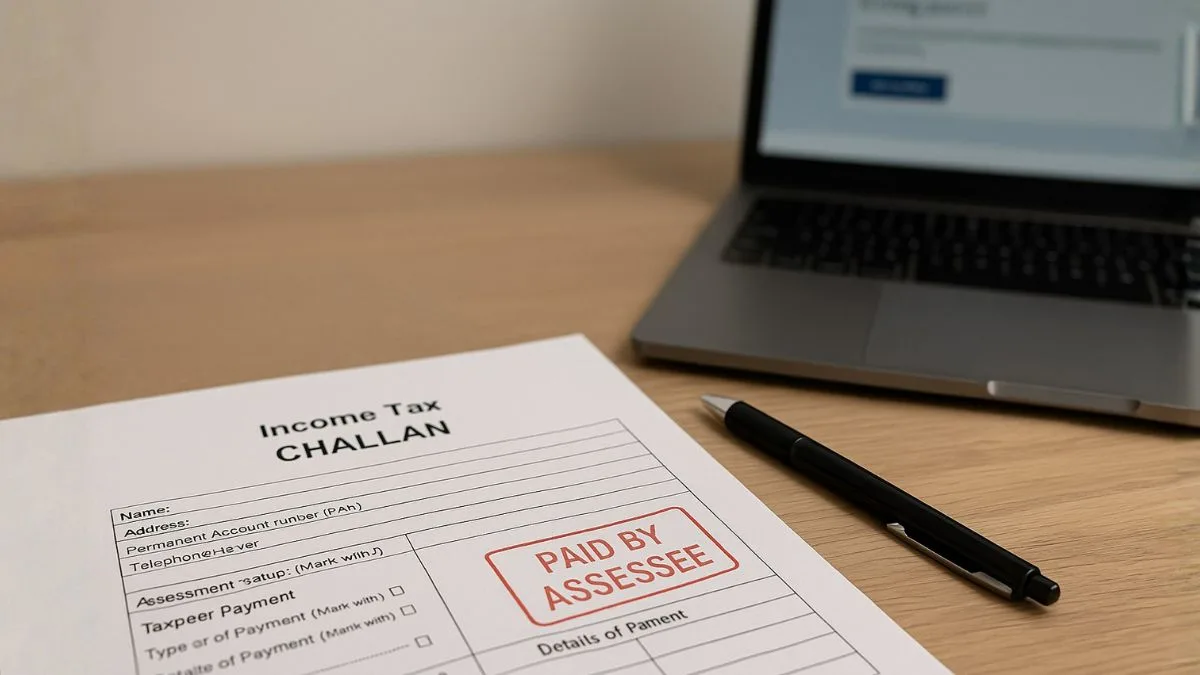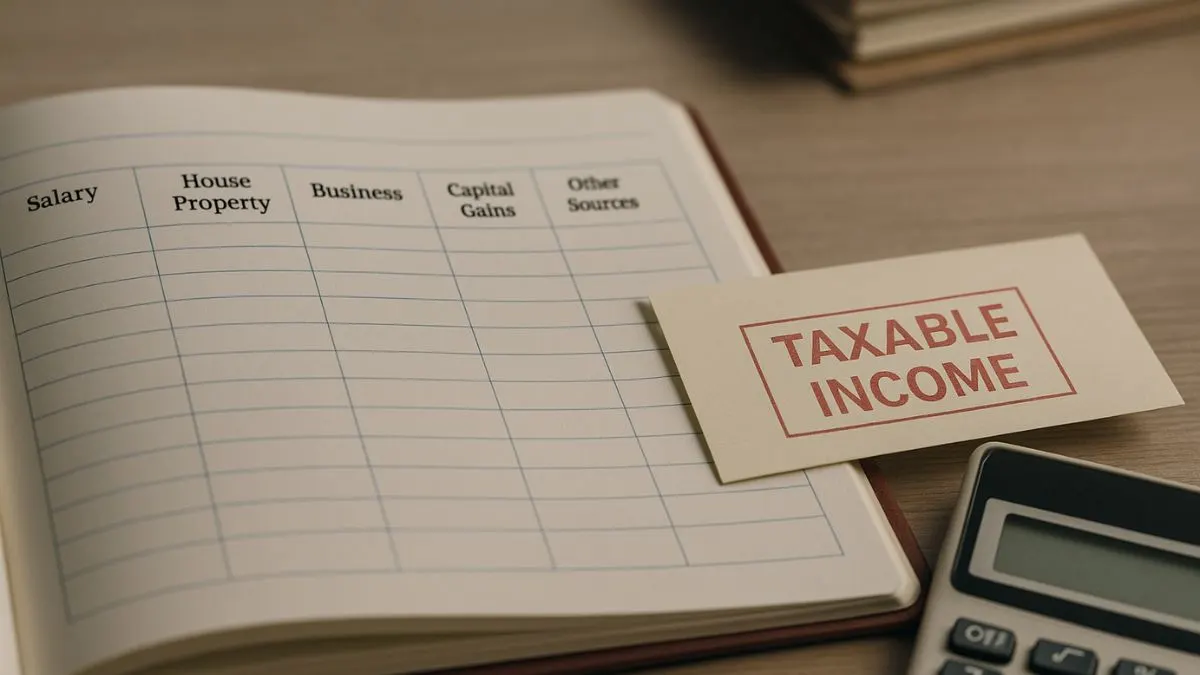
When it comes to income tax compliance in India, accuracy & transparency are not just appreciated—they are legally mandated. Section 271AAC(1) of the Income Tax Act, 1961, is a stark reminder of this. It is specifically designed to discourage taxpayers from hiding unaccounted income & outlines stringent penalties for non-compliance.
This section was introduced to plug loopholes & ensure that undisclosed income does not escape the tax radar. It empowers the Assessing Officer (AO) or the Commissioner (Appeals) to take action when unaccounted income is detected under specific circumstances.
What is Section 271AAC(1) of the Income Tax Act?
Section 271AAC(1) of the Income Tax Act provides that the assessee shall pay by way of penalty a fixed percentage of tax in certain situations where income has not been disclosed properly. More precisely, this section is invoked when a person is found with income referred under Sections 68, 69, 69A, 69B, 69C, or 69D & such income is not included in their total income under Section 115BBE.
Let’s break it down: if you deposit money in your bank account, purchase expensive assets, or incur expenses without being able to explain the source, the income tax department can invoke these sections. And if you fail to declare such income, Section 271AAC(1) comes into play.
Penalty Provisions Under Section 271AAC(1)
Under this section, the penalty shall be 10% of the tax payable under Section 115BBE. This is in addition to the 60% tax & 25% surcharge & 4% cess that is already applicable under Section 115BBE. That means, not only do you pay a hefty tax on unaccounted income, but you also face a strict penalty.
The Assessing Officer or the Commissioner (Appeals) is authorised to impose this penalty if they find that the income mentioned in Sections 68 to 69D is not declared voluntarily & has been detected during an assessment or reassessment.
When Does This Section Not Apply?
There is a small window of relief. If the assessee includes such income in the return of income furnished under Section 139, pays tax under Section 115BBE, & files the return before the end of the relevant previous year, then the penalty under Section 271AAC(1) may not be levied.
However, if you miss the deadline or fail to disclose such income, this section becomes applicable automatically, & the penalty is non-discretionary.
Real-World Example
Suppose Mr. Sharma deposits ₹50 lakhs into his account & fails to explain the source when questioned by the Income Tax Department. If he didn’t declare this income while filing ITR under Section 139, & the AO brings it under Section 68, then Mr. Sharma will not only pay around 78% tax under Section 115BBE but also an additional 10% penalty under Section 271AAC(1).
AO’s Power Under Section 271AAC(1)
Section 271AAC(1) empowers the AO or Commissioner (Appeals) to charge this penalty without giving the taxpayer the benefit of the doubt in cases where unaccounted income is evident. This is a serious move against black money & tax evasion, & reinforces the government's commitment toward financial transparency."
Key Takeaways
- Section 271AAC(1) imposes a 10% penalty on tax calculated under Section 115BBE.
- It applies to unexplained credits, investments, expenditures, & amounts covered under Sections 68 to 69D.
- The penalty is in addition to the high tax rate & surcharge under Section 115BBE.
- Relief is available only if income is declared voluntarily under Section 139 before the end of the year."
- The Assessing Officer or Commissioner (Appeals) has the authority to impose this penalty."
Final Thought
Failing to report unexplained income can be a costly mistake—not just in taxes but also in penalties under Section 271AAC(1). If you're unsure about how to handle such disclosures or have received a notice, don't navigate it alone.
Need help with income tax notices or Section 271AAC(1) compliance? Our experts at Callmyca.com are just a click away to save your money & peace of mind!

